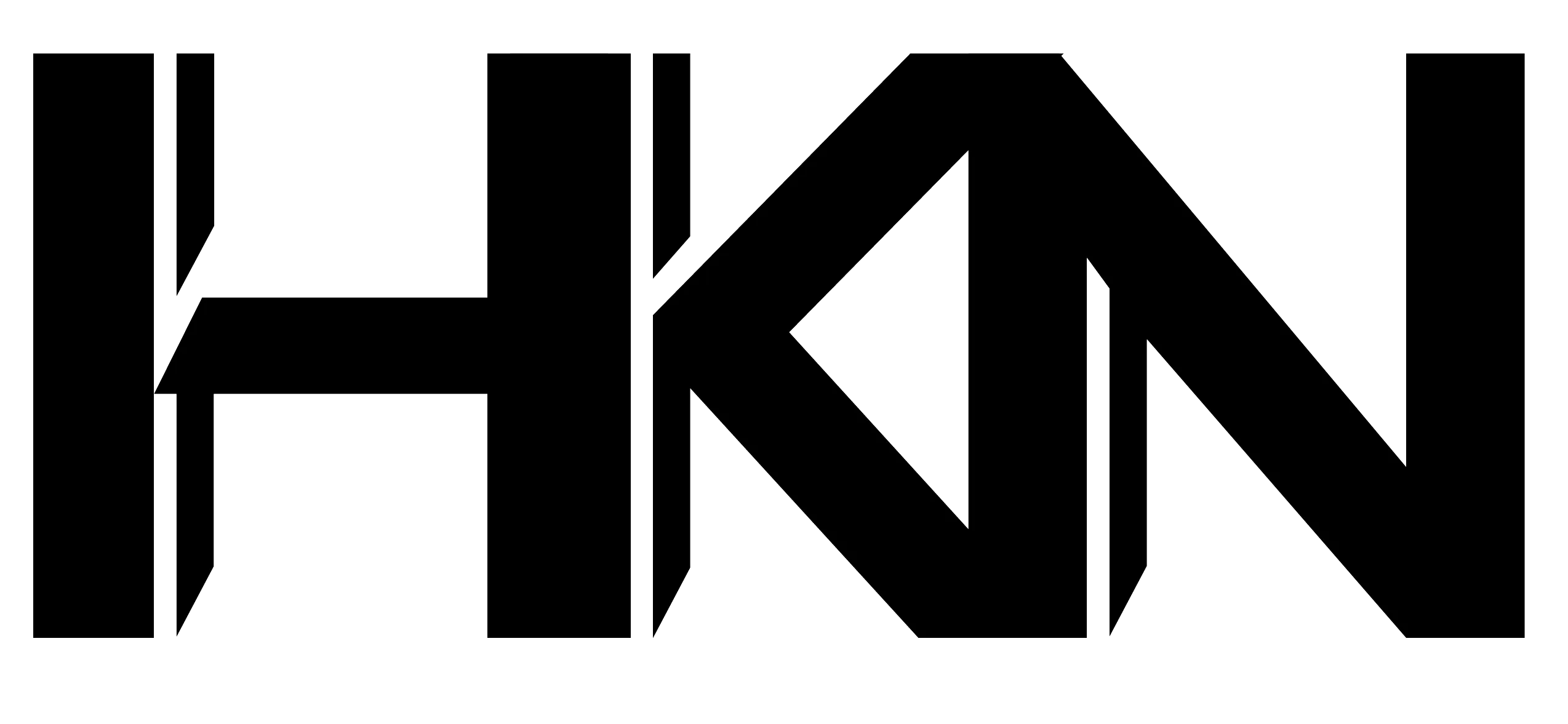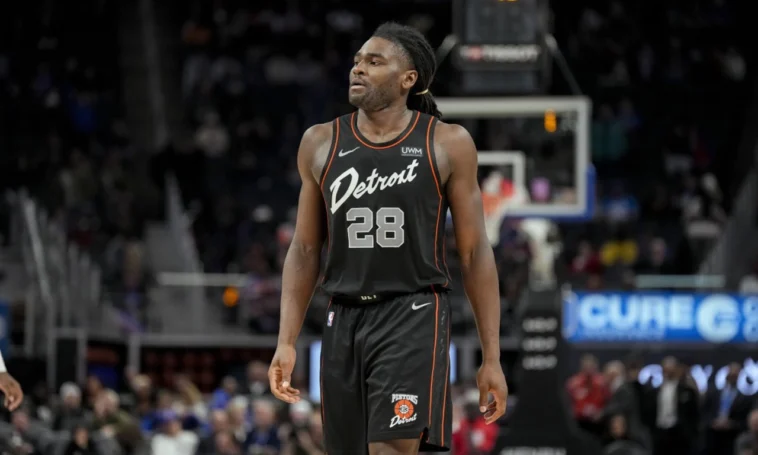People in the NBA were shocked when Detroit Pistons power center Isaiah Stewart was arrested for hitting Phoenix Suns power forward Drew Eubanks outside the Footprint Center.
Stewart is said to have hit Eubanks in the face in the parking lot before the Suns beat the Pistons 116–100. At 5 p.m. local time, the police were told about the fight, but no one knows what started it.
Phoenix Police Sergeant Phil Krynsky said the two players argued and got aggressive. Stewart was immediately arrested for assault and questioned at a local police.
“Stewart was arrested for assault, issued a citation and released. The investigation remains active,” Sergeant Krynsky stated in a press release detailing the incident.
Stewart’s left ankle sprain kept him out of the game regardless of the outcome, despite the altercation.
The Detroit Pistons said they would gather information and cooperate with the NBA and local authorities about the confrontation.
Stewart has been in controversy before, but the league has not yet announced any penalties. After confronting LeBron James in a 2021 game against the Los Angeles Lakers, Stewart became famous. Both players were suspended.
Fans, experts, and basketball fanatics reacted to Stewart’s arrest on social media. The episode sparked shock, incredulity, and conjecture about Stewart and the Pistons.
The replies on social media show how closely professional athletes’ on- and off-court actions are watched.
As the NBA awaits further findings, the altercation reminds fans of the passions and tensions that can occur in professional sports.
Stewart’s arrest will certainly spark questions about player conduct, sportsmanship, and the duties of representing top professional basketball teams in the coming days.
NBA stakeholders will closely monitor the inquiry to understand its full scope and potential effects on the sport and its players.
After Isaiah Stewart’s arrest, the NBA is struggling with the altercation’s effects on player conduct and league sanctions. The event has raised questions regarding professional athletes’ position as role models and sports organizations’ duty to uphold professionalism and sportsmanship.
As Stewart’s arrest spreads around the basketball world, fans and commentators wonder what caused the Stewart-Eubanks fight. Speculation on the underlying tensions and personal dynamics that caused the confrontation highlights the complexity of interpersonal dynamics in competitive sports.
Stewart’s on-court clashes, especially the highly famous LeBron James incident, raise questions about professional basketball’s culture of aggression and hostility. The energy and brutality of the game are part of its allure, but situations like this remind us of the boundary between competitive zeal and unsportsmanlike conduct.
After the event, the NBA is under pressure to address player behavior and league discipline. Stakeholders expect the league to act quickly and decisively to defend the sport’s integrity and protect its players after Stewart’s arrest.
Stewart’s altercation might affect his career and image beyond legal issues. Stewart, a young player with great potential, must now deal with the aftermath from a high-profile event that could overshadow his play.
Detroit Pistons face questions regarding its organizational culture and player development and accountability methods. Following Stewart’s arrest, the team must rethink its approach to positive and constructive on- and off-court behavior.
Stewart’s arrest reminds the NBA community of the difficulties of regulating professional sports’ complicated relationships. Competition and emotion are part of the game, but respect, integrity, and fair play must always be maintained.
The NBA should use this moment to reassert its commitment to player respect and accountability. The league can uphold its values and ensure professional basketball’s success by holding people accountable and promoting respect and sportsmanship.



